
Press the windows key and the R key together, call up the run, and enter msconfig and enter Enter. Click the boot tab, set the system that needs to be retained as the default, select other startup items, and click Delete.
Press the shortcut key win+r, open the running interface, and enter msconfig, as shown in the figure; click OK, enter the system configuration, select the boot tab, as shown in the figure: select the unwanted startup item, and click the delete button below. After the deletion is completed, click OK and restart the computer.
We press the win+r key on the keyboard, and we want to run. Enter the run command window. In "Run", we enter "msconfig" and then click "OK".In this way, we enter the "System Configuration" window.
Method 2: Delete redundant startup items in the soft media Rubik's Cube program. Generally speaking, computers installed with Windows 10 will install the soft media Rubik's Cube program. We can delete unnecessary boot items in the soft media Rubik's Cube program.
Use the system's built-in tools: In the Windows operating system, you can use the system's built-in "Task Manager" to manage startup items.
The operation steps are as follows: right-click My Computer and click Properties. Click Advanced System Settings to enter the setting interface. Click the settings indicated by the arrow in the settings that appear. Find the option as shown in the figure and uncheck it, so that the problem will be solved.
Click the start button on the computer desktop. Click Run in the Start Panel. After opening the running panel, enter msconfig in the input box, and then click OK. Enter the system configuration interface and click the startup option.
First, open the computer with Win7 system and click the "Start" menu button in the lower left corner. When the function dialog box pops up on the computer desktop, enter the "msconfig" command here in the search at the bottom of the dialog box, and then click the search icon on the right. At this time, the "msconfig.exe" program will pop up on the computer desktop. Click this program.
The method is such asNext: Open the startup page in the task manager, right-click the startup item you want to delete, open its path, and delete the files under this folder. You can also use third-party software to clean up the system. This kind of file is an uninstall residue, and the cleaning software will automatically help you clean it up.
First of all, after the computer is turned on and enters the Windows desktop, press the "Win+R" key combination to pop up the "Run" program. Then, enter "msconfig" in the input box, click the "OK" button, and enter the "System Configuration" dialog box.
How to delete redundant boot items in Windows 10 system Method 1: Delete redundant boot items in the system configuration.
After entering the win10 system, right-click on the start menu, select [Run] or directly press the windows key +R to open.Enter msconfig in the running box and click OK to open [System Configuration]. Click [Guide] to select the card on the system configuration interface.
Open the task manager, as shown in the figure below. Then click "File" and find "Run New Task" inside. Then check before "Use administrator to create this task". Enter "Powershell".
First, open the "Run" dialog box. You can open the run through the start menu. You can also press the shortcut WIN+R to open "Run", enter "msconfig" and enter. 2 In the opened system configuration dialog box, click "Start". This is where to configure the functions of boot items and boot programs.

The method is as follows: open the startup page in the task manager, right-click the startup item you want to delete, open its path, and delete the files under this folder. You can also use third-party software to clean up the system. This kind of file is an uninstall residue, and the cleaning software will automatically help you clean it up.
How to delete redundant boot items in Windows 10 system Method 1: Delete redundant boot items in the system configuration.
The specific steps are as follows: right-click on the taskbar and start the task manager; as shown in the figure: switch to the [Start] tab. Right-click on the following program that does not need to be started, and then select [Disable].
1. First, try to press Enter to see if you can enter the system. If you can't press the up and down keys to select the second option, and press Enter to start until it can start normally and enter your computer system. After entering the system, right-click the computer icon on the desktop and click Properties.
2. Right-click My Computer and click Properties.Click Advanced System Settings to enter the setting interface. Click the settings indicated by the arrow in the settings that appear. Find the option as shown in the figure and uncheck it, so that the problem will be solved.
3. Click the start button on the computer desktop. Click Run in the Start Panel. After opening the running panel, enter msconfig in the input box, and then click OK. Enter the system configuration interface and click the startup option.
1. I: The most primitive way to delete system startup items is to delete them manually. There are usually 4 locations to store startup items: "Startup" folder. It is located in the system partition "Doc Uments and Settings your username "Start" menu program starts.
2. Click Advanced System Settings, then click Startup and Failover, check the "Time to Display the Operating System List" option, click OK, and the Startup Manager will not be displayed after restarting.
3. The first type: use the built-in management tool to delete. Press WIN+R to call out the running window, then enter msconfig, and then press Enter. In the pop-up system configuration window, we select the boot bar, and then we can see all the startup items, as shown in the figure.
4. The method is as follows: open the startup page in the task manager, right-click the startup item you want to delete, open its path, and delete the files under this folder. You can also use third-party software to clean up the system. This kind of file is an uninstall residue, and the cleaning software will automatically help you clean it up.
Binance APK-APP, download it now, new users will receive a novice gift pack.
Press the windows key and the R key together, call up the run, and enter msconfig and enter Enter. Click the boot tab, set the system that needs to be retained as the default, select other startup items, and click Delete.
Press the shortcut key win+r, open the running interface, and enter msconfig, as shown in the figure; click OK, enter the system configuration, select the boot tab, as shown in the figure: select the unwanted startup item, and click the delete button below. After the deletion is completed, click OK and restart the computer.
We press the win+r key on the keyboard, and we want to run. Enter the run command window. In "Run", we enter "msconfig" and then click "OK".In this way, we enter the "System Configuration" window.
Method 2: Delete redundant startup items in the soft media Rubik's Cube program. Generally speaking, computers installed with Windows 10 will install the soft media Rubik's Cube program. We can delete unnecessary boot items in the soft media Rubik's Cube program.
Use the system's built-in tools: In the Windows operating system, you can use the system's built-in "Task Manager" to manage startup items.
The operation steps are as follows: right-click My Computer and click Properties. Click Advanced System Settings to enter the setting interface. Click the settings indicated by the arrow in the settings that appear. Find the option as shown in the figure and uncheck it, so that the problem will be solved.
Click the start button on the computer desktop. Click Run in the Start Panel. After opening the running panel, enter msconfig in the input box, and then click OK. Enter the system configuration interface and click the startup option.
First, open the computer with Win7 system and click the "Start" menu button in the lower left corner. When the function dialog box pops up on the computer desktop, enter the "msconfig" command here in the search at the bottom of the dialog box, and then click the search icon on the right. At this time, the "msconfig.exe" program will pop up on the computer desktop. Click this program.
The method is such asNext: Open the startup page in the task manager, right-click the startup item you want to delete, open its path, and delete the files under this folder. You can also use third-party software to clean up the system. This kind of file is an uninstall residue, and the cleaning software will automatically help you clean it up.
First of all, after the computer is turned on and enters the Windows desktop, press the "Win+R" key combination to pop up the "Run" program. Then, enter "msconfig" in the input box, click the "OK" button, and enter the "System Configuration" dialog box.
How to delete redundant boot items in Windows 10 system Method 1: Delete redundant boot items in the system configuration.
After entering the win10 system, right-click on the start menu, select [Run] or directly press the windows key +R to open.Enter msconfig in the running box and click OK to open [System Configuration]. Click [Guide] to select the card on the system configuration interface.
Open the task manager, as shown in the figure below. Then click "File" and find "Run New Task" inside. Then check before "Use administrator to create this task". Enter "Powershell".
First, open the "Run" dialog box. You can open the run through the start menu. You can also press the shortcut WIN+R to open "Run", enter "msconfig" and enter. 2 In the opened system configuration dialog box, click "Start". This is where to configure the functions of boot items and boot programs.

The method is as follows: open the startup page in the task manager, right-click the startup item you want to delete, open its path, and delete the files under this folder. You can also use third-party software to clean up the system. This kind of file is an uninstall residue, and the cleaning software will automatically help you clean it up.
How to delete redundant boot items in Windows 10 system Method 1: Delete redundant boot items in the system configuration.
The specific steps are as follows: right-click on the taskbar and start the task manager; as shown in the figure: switch to the [Start] tab. Right-click on the following program that does not need to be started, and then select [Disable].
1. First, try to press Enter to see if you can enter the system. If you can't press the up and down keys to select the second option, and press Enter to start until it can start normally and enter your computer system. After entering the system, right-click the computer icon on the desktop and click Properties.
2. Right-click My Computer and click Properties.Click Advanced System Settings to enter the setting interface. Click the settings indicated by the arrow in the settings that appear. Find the option as shown in the figure and uncheck it, so that the problem will be solved.
3. Click the start button on the computer desktop. Click Run in the Start Panel. After opening the running panel, enter msconfig in the input box, and then click OK. Enter the system configuration interface and click the startup option.
1. I: The most primitive way to delete system startup items is to delete them manually. There are usually 4 locations to store startup items: "Startup" folder. It is located in the system partition "Doc Uments and Settings your username "Start" menu program starts.
2. Click Advanced System Settings, then click Startup and Failover, check the "Time to Display the Operating System List" option, click OK, and the Startup Manager will not be displayed after restarting.
3. The first type: use the built-in management tool to delete. Press WIN+R to call out the running window, then enter msconfig, and then press Enter. In the pop-up system configuration window, we select the boot bar, and then we can see all the startup items, as shown in the figure.
4. The method is as follows: open the startup page in the task manager, right-click the startup item you want to delete, open its path, and delete the files under this folder. You can also use third-party software to clean up the system. This kind of file is an uninstall residue, and the cleaning software will automatically help you clean it up.
OKX Wallet apk download latest version
author: 2025-02-28 09:10Binance Download for PC Windows 10
author: 2025-02-28 08:37Binance Download for PC Windows 10
author: 2025-02-28 07:06OKX Wallet apk download latest version
author: 2025-02-28 07:06OKX Wallet apk download latest version
author: 2025-02-28 07:05 OKX Wallet app
OKX Wallet app
698.62MB
Check Binance exchange
Binance exchange
748.14MB
Check Binance wikipedia
Binance wikipedia
591.58MB
Check OKX Wallet Sign up
OKX Wallet Sign up
648.98MB
Check OKX Wallet login
OKX Wallet login
271.74MB
Check Binance login
Binance login
798.38MB
Check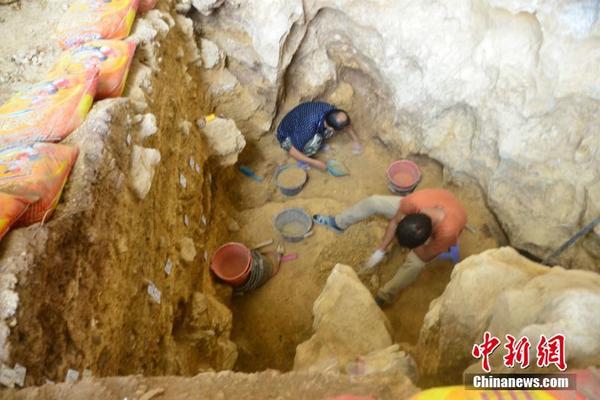 OKX Wallet app download for Android
OKX Wallet app download for Android
366.26MB
Check OKX Wallet APK
OKX Wallet APK
619.97MB
Check Binance login
Binance login
491.73MB
Check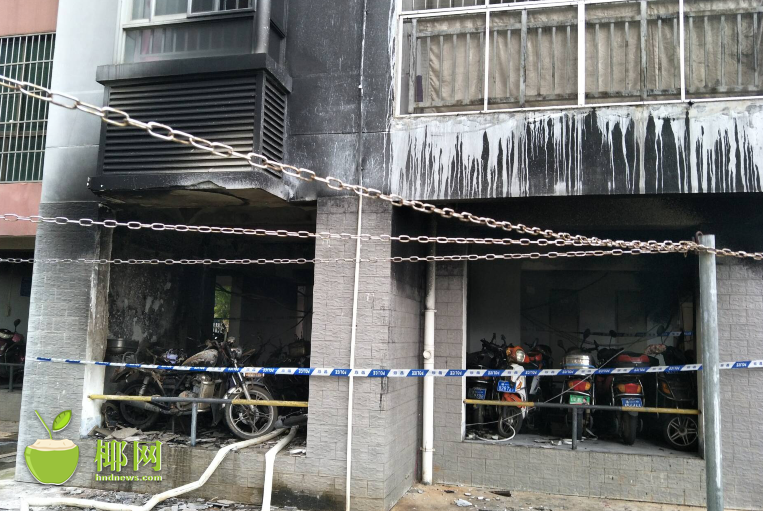 OKX Wallet to exchange
OKX Wallet to exchange
589.79MB
Check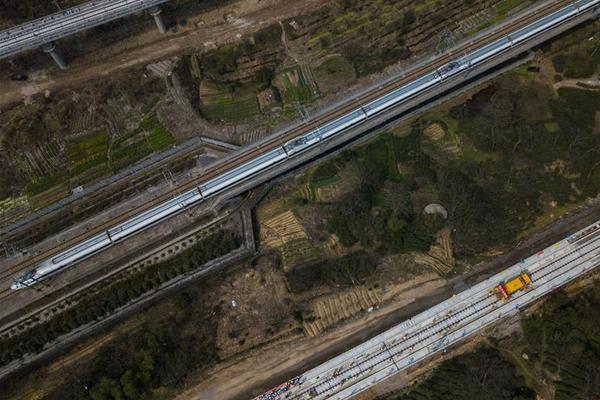 Binance app
Binance app
151.58MB
Check Binance wallet
Binance wallet
497.37MB
Check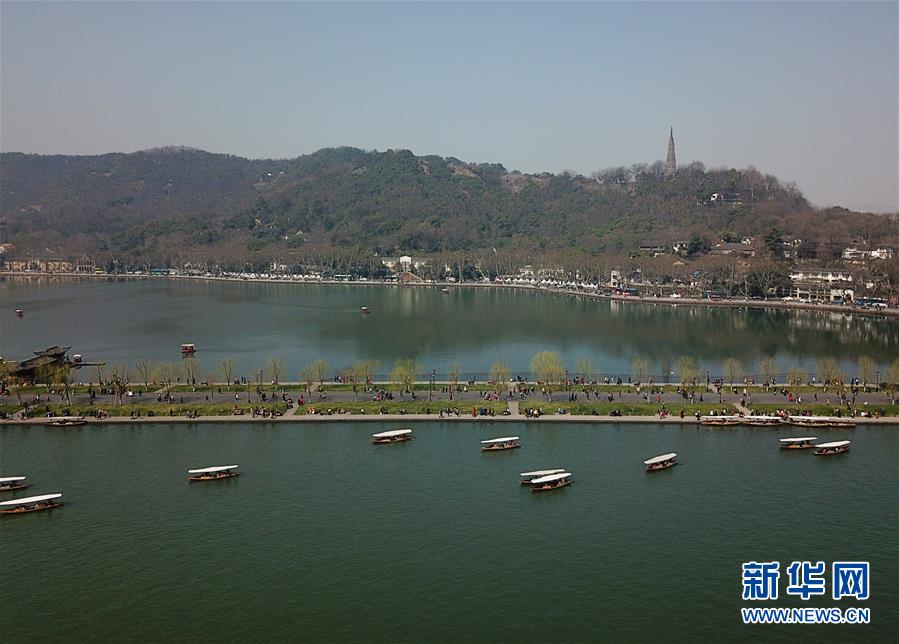 Binance app
Binance app
585.21MB
Check Binance download
Binance download
784.23MB
Check OKX Wallet apk download
OKX Wallet apk download
542.62MB
Check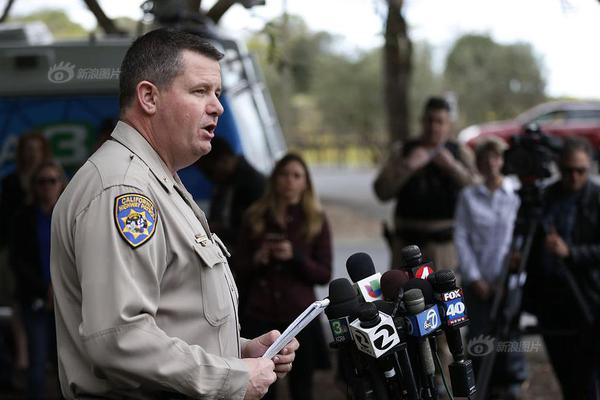 okx.com login
okx.com login
472.76MB
Check Binance app
Binance app
346.89MB
Check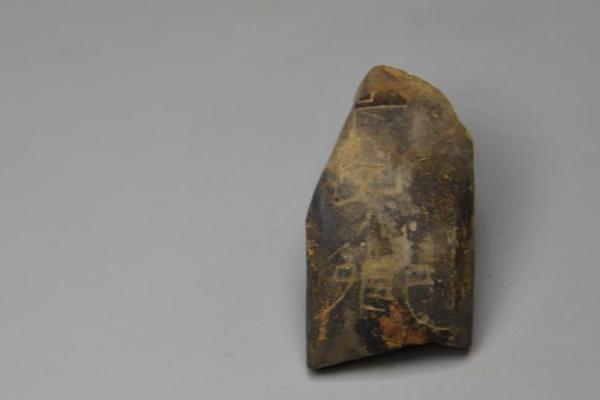 Binance download iOS
Binance download iOS
186.33MB
Check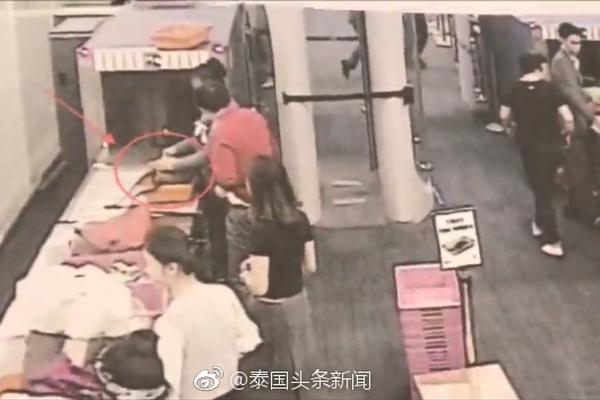 Binance app
Binance app
674.41MB
Check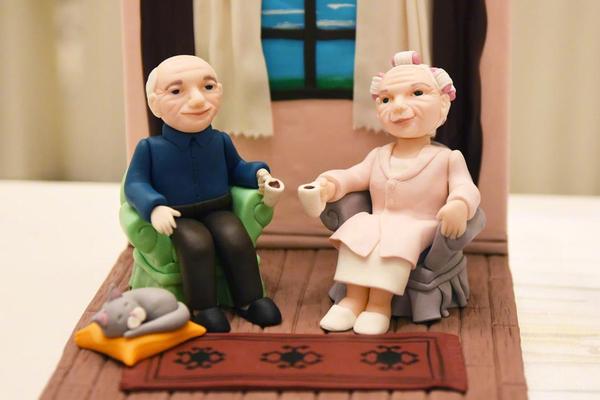 Binance login
Binance login
127.42MB
Check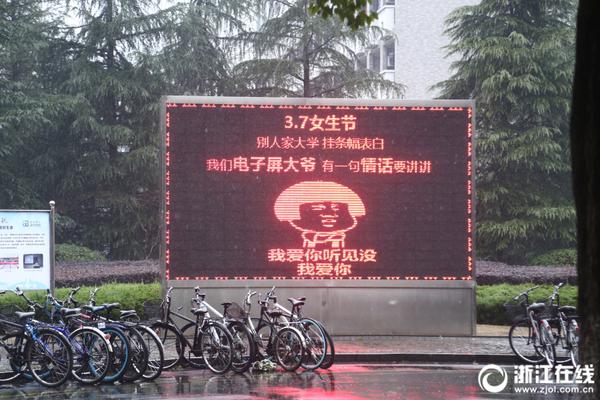 Binance wallet
Binance wallet
219.64MB
Check Binance app
Binance app
549.98MB
Check OKX Wallet app download for Android
OKX Wallet app download for Android
632.46MB
Check Binance download APK
Binance download APK
797.99MB
Check Binance login App
Binance login App
284.66MB
Check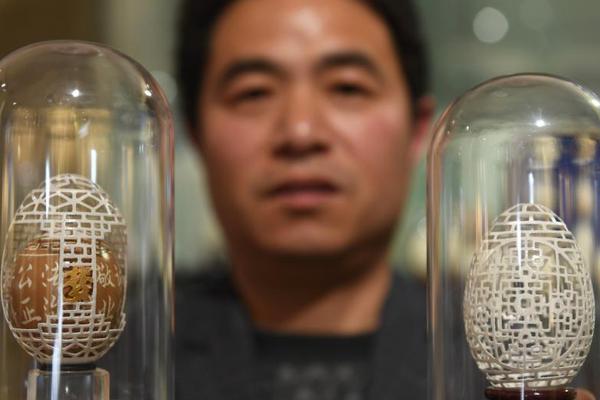 Binance download Android
Binance download Android
178.25MB
Check Binance download
Binance download
473.25MB
Check Binance login
Binance login
422.59MB
Check Binance download
Binance download
421.37MB
Check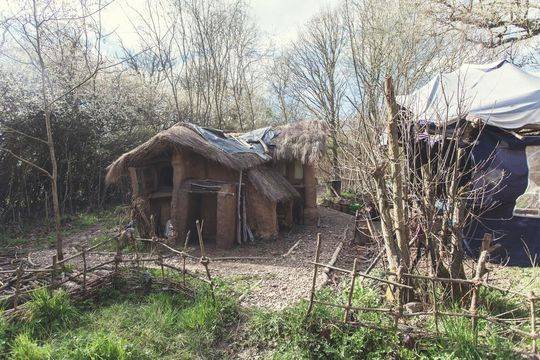 Binance US
Binance US
235.41MB
Check Binance login
Binance login
296.86MB
Check Binance app
Binance app
853.91MB
Check Binance download
Binance download
433.17MB
Check Binance US
Binance US
326.77MB
Check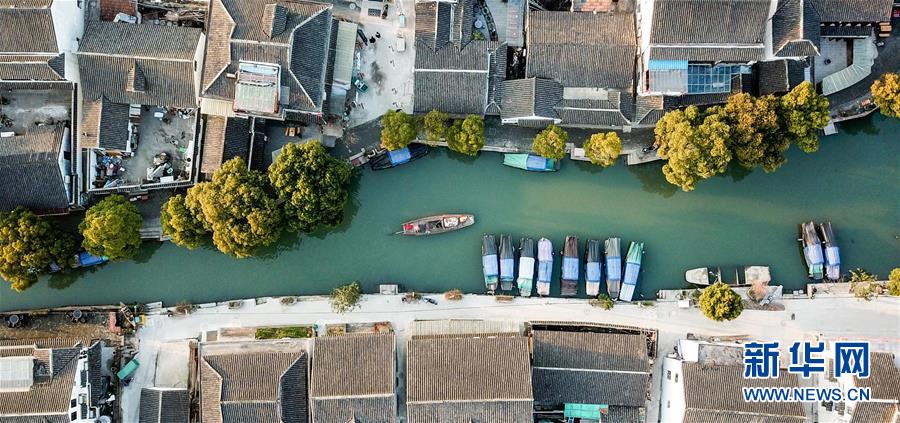 OKX Wallet apk download latest version
OKX Wallet apk download latest version
159.55MB
Check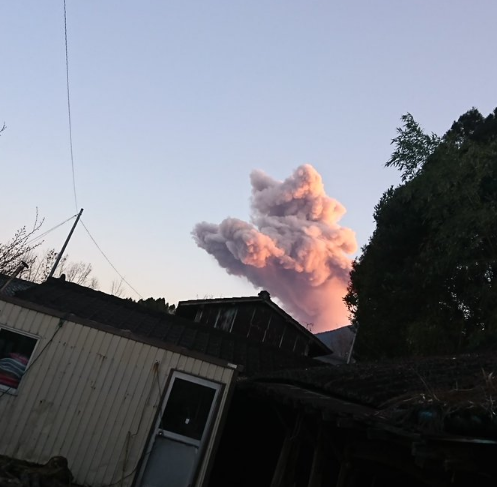 Binance wallet
Binance wallet
962.88MB
Check
Scan to install
Binance APK to discover more
Netizen comments More
1811 陶然自得网
2025-02-28 09:35 recommend
334 拔刀相向网
2025-02-28 09:03 recommend
2503 巧立名目网
2025-02-28 09:02 recommend
1251 伶仃孤苦网
2025-02-28 08:14 recommend
1284 首善之区网
2025-02-28 07:24 recommend